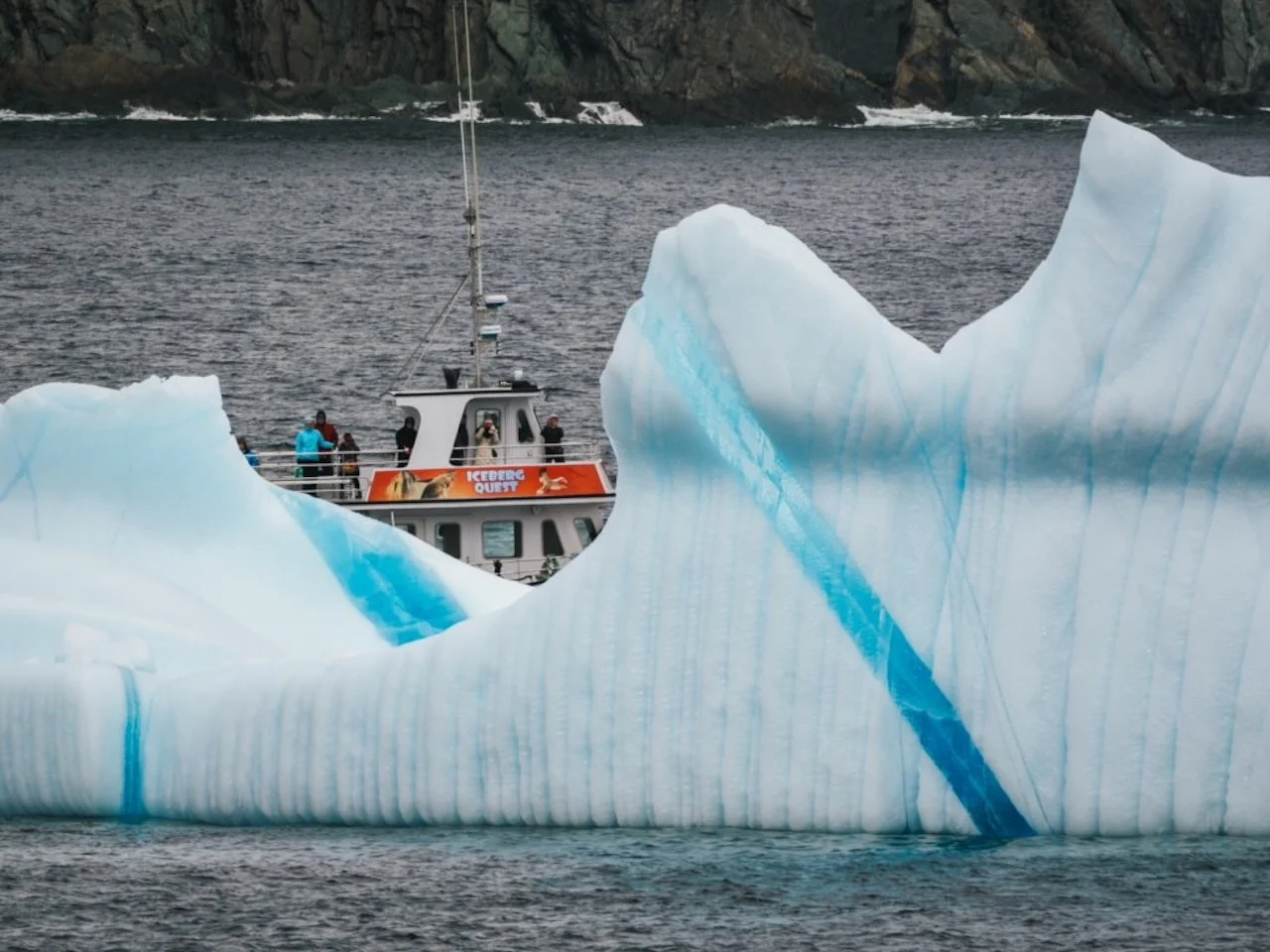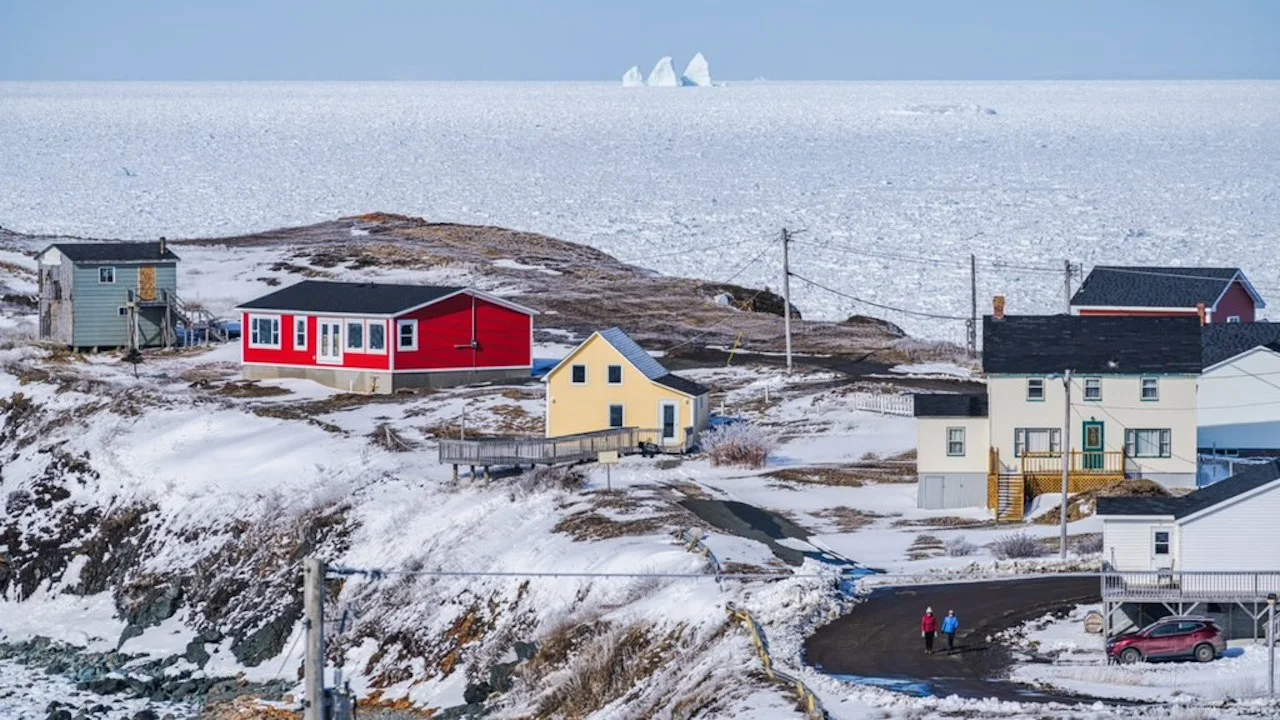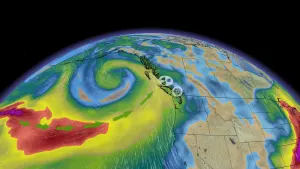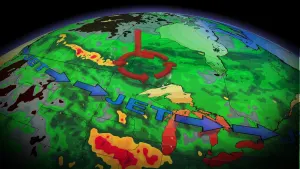
'Iceberg capital of the world' anticipating a strong, scenic season
The icebergs are starting their annual parade. If you want to see them this year in Twillingate, N.L., you will need to book soon.
Most parts of northern Newfoundland are currently surrounded by ice.
"In Twillingate, right now, as far as the eye can see, there's ice in," Capt. Barry Rogers, of Iceberg Quest Ocean Tours, told The Weather Network.
He’s expecting a powerful year of ice.
SEE ALSO: The next 'largest iceberg in the world' just broke away from Antarctica
"The sea ice is coming down, of course, along with the icebergs along Iceberg Alley. We've had a lot of onshore winds," he says.
Iceberg tours don't begin until May 1 because the sea is too hard to navigate with the ice, and there is a threat of getting closed in with a slight shift in the wind. Once the wind goes offshore, the pack ice will move with it.
Heavy sea ice protects the size of the icebergs and keeps them moving along their long journey.

Twillingate, N.L., in 2023. (Julian Earle Photography)
"These icebergs are coming from western Greenland. The ice, of course, is melting, as we're told by the science, fairly fast up there. I think it comes back to a buildup in Baffin Bay and Hudson Bay," explains Rogers.
It takes anywhere from one to three years for the icebergs to arrive along Newfoundland's shoreline.
Rogers says tours are getting booked at a high level in anticipation of these icebergs arriving and staying for the next few months. Twillingate is internationally known as the "iceberg capital of the world."
Thumbnail courtesy of Julian Earle Photography.
To learn more, watch the video that leads this article.










